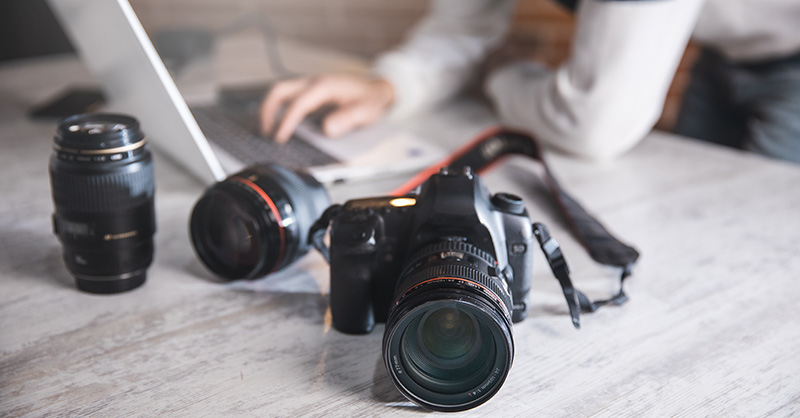Help Your Organization Recover Lost or Stolen Items

It can be difficult to recover lost or stolen equipment, and the ability to do so can vary depending on what equipment was stolen. Often, larger items, such as vehicles, are easier to recover (56.1% recovery rate) versus smaller items, such as electronics (4.3% recovery rate). Smaller items are often more difficult to recover because they can be broken down and sold easily without detection. Organizations can drastically improve their chances of recovering stolen equipment by taking additional security measures and using recovery strategies.
Reporting Lost or Stolen Equipment
If an item is stolen, the first step is to alert the authorities, which should be able to import serial numbers into a database where the item can be identified if it is uncovered or sold at certain locations. The National Crime Information Center (NCIC) can log serial numbers and additional information that may lead to the recovery of property. They can also verify with the authorities that equipment has been noted in this system. The more information you can provide, the greater the chance of recovery.
If you have noticed any unusual interactions with customers or employees, provide authorities with that information. This may include the following:
- Customers coming into your business multiple times without purchasing anything
- Unusually small purchases
- Recently fired or disgruntled employees loitering outside your property
Additional steps should be taken to aid the recovery:
- Notify local pawn shops and provide them with equipment descriptions, including the models and any unique marks.
- Check online marketplaces. Many stolen devices will be listed significantly below their resale value.
- Contact the manufacturer. The manufacturer may be able to log the serial numbers of devices or pieces of equipment that come in for repair.
- Use GPS and Other Tracking Systems. Your greatest chance of recovery may lie in the ability to track your equipment, which has improved drastically in recent years. The cost has also been reduced substantially, with most trackers (including Apple AirTags, tile trackers and other devices) costing less than $50 per device. Many of these trackers can allow for a real-time location to be tracked and viewed within seconds on any mobile or smart device. These tracking devices are often no larger than an inch or two and can easily be attached to an item. If a device cannot be attached to the equipment, it should be woven into the fabric of a storage bag or attached via a secure strap.
Recording Equipment
All high-value equipment should be logged into an inventory management system. This system should be used to track all serial numbers, equipment descriptions and any pertinent information that could lead to the item's recovery.
Uniquely Identifying Equipment
By marking your equipment, your business can help prevent thieves from reselling stolen equipment without notice. It’s important to note that before making any changes to your equipment, you should check your manufacturer's warranty to verify that you will not void any agreements.
Organizations can mark items by placing the company logo on the device and return information if the equipment is found. You may be able to engrave or permanently affix identification information for some items.
For additional information on theft prevention and programs that may be in place, reach out to your local police department.
Apple and AirTag are registered trademarks of Apple Inc.








